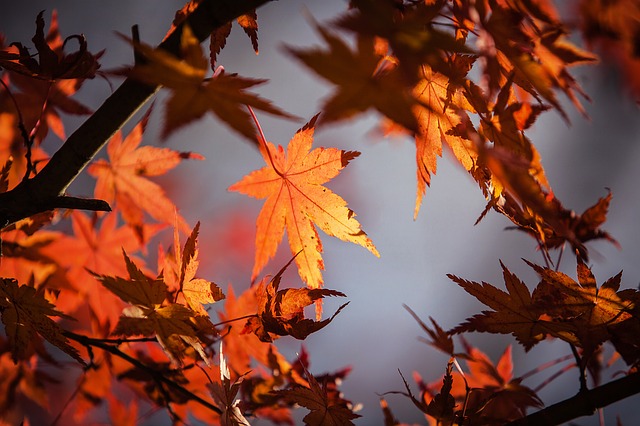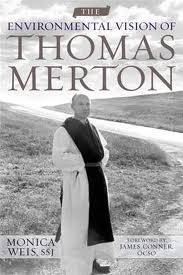
 Review of Monica Weis SSJ’s book ‘The environmental vision of Thomas Merton‘
Review of Monica Weis SSJ’s book ‘The environmental vision of Thomas Merton‘
Gregory Jacobs, December 2012
Download PDF
Monica Weis SSJ
The environmental vision of Thomas Merton
University Press of Kentucky, Lexington, 2011, xvi + 197 pp. ISBN-10: 0813130042 ISBN-13: 978-0813130040
Reviewed by (Fr) Gregory Jacobs SJ
Thomas Merton is perhaps the best known (Trappist) monk of the 20th century. While much has been written over the years on his deep spirituality and, through his writings, his inspiration to a new generation of contemplatives, little has been made of his integration and care for the environment within his thought and life both within and outside the walls of the Abbey of Gethsemani. This book goes a long way to correcting that imbalance.
Weis begins the story near the end of Merton’s life with a letter sent to Rachel Carson, author of Silent Spring, where Merton recognizes in this ground-breaking book a kindred spirit. Merton does not read this book as a turning point in his life, but as a confirmation of all he has already thought and experienced of the need to extend justice issues into the care for the environment around us.
Merton’s contemplative insight begins with learning to see, not merely looking. We then need to become awake to all that surrounds us – a lesson that contemplation can teach the world. And becoming awake involves a response to the deeper meaning of an event. To arrive at this vision we need to acknowledge the role of geography. ‘The landscape, light and even sound sculpt and mould our early consciousness’ (p. 28). As Weis journeys through the physical landscapes of Merton’s life, she begins to detect more of the growing awareness of God’s presence in Merton’s story and how it shaped him (and how it shapes us too).
From the Abbey, with its nocturnal hours of prayer, Merton finds a new awakening of his senses. Here he encounters the rising sun, the first bird calls of day, and the wandering deer of the forest. Merton learns to listen both to the rhythm of the Word of God in scripture and to nature through an encounter with the heart.
Once Merton has the opportunity to live in a hermitage outside the walls of the monastery, he can immerse himself more fully in nature.
Everything you have on your lips in praising God is there before you – hills, dew, light, birds, growing things.
p. 107
It is this experience of bringing liturgy, prayer, and nature together in natural resonance that comes to infuse Merton’s vision.
Weis concludes her book with the image of the deer that were so special to Merton, becoming a ‘kind of icon of the immanence of God and the movement of grace’. Like the deer, grace can come suddenly or gradually over time.
Though the deer are always in the woods – and grace is always available to the soul – silence and solitude are prerequisites for the gift of deeper intimacy. The key, Merton teaches us, is being awake to our physical surroundings and their effect on the geography of our heart.
pp. 164, 165
Merton reminds us that we can easily get cut off from the grace offered to us – surrounded by fluorescent lights, air-conditioning, technology, and paved streets and gardens we lose that personal encounter with living nature as we observe it through windows and on documentaries. We need to let the geography of our life re-awaken an environmental vision of compassion for the whole of nature as we care and protect it. This is a wonderful exposition of how Thomas Merton came to discover it in his own life, and pass on that discovery for us all to share. For Merton, it is the encounter with nature that is immersed in silence and solitude, that is the key to delving into this vision of the God of creation.
(Fr) Gregory Jacobs SJ, MTS, GradDipArts (HPS), GradDipEd, BSc, BTheol. is an Australian Jesuit priest who has worked in school and parish ministry. He is currently doing further study in Edinburgh in Master of Science (Science and Religion). Academic interests are in the field of the Human Person, Evolution, and the role of the Catholic Church in science/theology dialogue.
2

